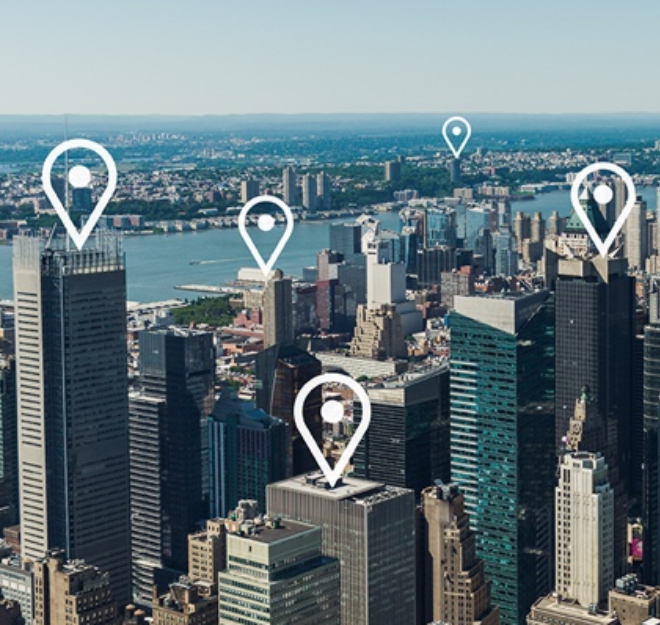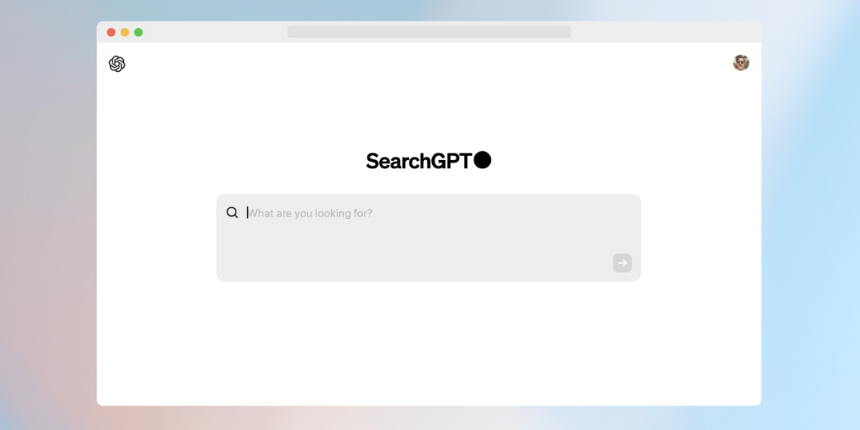

Loyalty isn’t what it used to be—and that’s a good thing. Today’s consumers aren’t just looking for rewards; they’re seeking highly authentic relationships with brands that reflect their values, respect their time, and recognize them as individuals. As expectations continue to rise, the brands that succeed will be those that evolve from transactional thinking to experience-led strategies—where loyalty is earned through every interaction, not bought with points.
The loyalty crisis: What the data tells us
2024 marked a turning point in customer experience, but not in a good way. According to recent findings shared in a February eMarketer webinar featuring Adobe and frog NA, last year was the worst for customer experience in over a decade. That decline didn’t happen in a vacuum. It was driven by rising consumer expectations colliding with brands’ inability to deliver seamless, personalized, and value-rich experiences across every channel.
Consumers today expect more; not just personalization, but interactions that feel relevant and mutually beneficial. Yet, as mentioned during the webinar, only 3% of consumers feel brands are truly “customer focused.” Even monetary loyalty programs, once a key pillar of retention, are falling short. A staggering 90% of consumers have a negative perception of loyalty programs, often because they feel transactional, impersonal, and detached from the actual brand experience. Consumers are willing to share their data, but when it doesn’t translate into meaningful value or connection, trust erodes.
With 60% of consumers reporting frustration with digital experiences (while 85% of brands believe they’re delivering personalization), loyalty is harder than ever to earn—and easier than ever to lose.
Why is transactional loyalty fading?
For years, loyalty programs were the go-to tool for retaining customers. Offer a few points, throw in a discount, and customers would keep coming back—until they didn’t. The reality is that the traditional model of transactional loyalty is no longer enough. Today’s consumers are savvy, selective, and increasingly aware when a brand’s engagement strategy feels one-sided.
Transactional loyalty programs tend to focus on short-term incentives: earn, redeem, repeat. But this approach often fosters loyalty to the program itself, not the brand behind it. The model has become so oversaturated that it’s no longer enough to validate a purchase decision. Shoppers are more likely to hunt for the biggest discount they can find, rather than commit to a single brand. What they’re really looking for is deeply personalized loyalty and rewards based on their unique behaviors, patterns, and overall lifestyles. They want brands to become an extension of themselves—brands that intuitively understand their motivations and create seamless, tailored experiences without requiring extra effort.
As expectations evolve, customers are looking for relationships, not just rewards. They want to feel seen, understood, and appreciated beyond the checkout screen. Brand loyalty today reflects a consistent preference for a specific brand, despite readily available alternatives. It’s not just about repeat purchases—it’s about emotional connection, trust, and long-term advocacy.
A discount might catch attention once, but it won’t build lasting loyalty. To stay relevant, brands must design experiences that make every interaction count.
Enter holistic loyalty: Emotion over incentives
Loyalty today is no longer just about what customers get—it’s about how they feel. The shift from transactional to holistic loyalty represents a fundamental change in how brands must think about long-term engagement. Where traditional programs rely on points and perks, holistic loyalty is built on emotional connection, shared values, and seamless experiences that span every touchpoint.
In this newer model, loyalty is the sum of all interactions a consumer has with a brand, not just the ones that lead to a purchase. It includes the content they engage with, the messaging and creative they see, the support they receive, the communities they join, and the purpose a brand stands for. It’s experience-led, value-driven, and inherently more human.
That doesn’t mean rewards programs are obsolete, but they do need to be reimagined as part of a broader loyalty strategy—one that is personalized, consistent, and context-aware. Consumers are actively seeking brands that align with their identity and beliefs. Shared values like sustainability, ethical sourcing, and inclusivity are no longer optional—they’re decisive. In fact, 72% of global consumers are willing to pay more for sustainable products, while 55% say environmental responsibility is extremely important in their brand choices. And 94% say they’re more likely to be loyal to a brand that offers complete transparency.Brands that embrace holistic loyalty don’t simply retain customers but cultivate advocates. These are the customers who don’t just come back but bring others with them. And they do so not because of a discount, but because of a connection.
The four loyalty shifts that will define the next era
As loyalty evolves, it’s clear that brands must move beyond old frameworks and meet consumers where they are—in values, in experience, and in community. The following four shifts, as outlined in the Adobe and frog webinar, define the future of brand loyalty and personalization.
1. From static to adaptive
Loyalty is no longer a one-time setup; it must adapt and grow with each interaction. Consumers expect that their preferences, behaviors, and values will influence how brands engage with them in real time and across channels. Customers today expect brands to pick up where they left off—continuing a tailored experience seamlessly, regardless of the interface or platform. This is where AI plays a pivotal role, enabling personalized content, next-best offers, and dynamic journeys that adjust based on customer actions. According to eMarketer, within the next three years, 60% of brands are expected to implement AI-driven loyalty initiatives, not just to retain customers but to drive long-term growth.
2. From fragmented to holistic
Customers engage with brands across an average of seven channels before making a purchase. They expect consistency across all of them. Siloed data and disconnected experiences break trust. A holistic approach means unifying data, content, and interactions to deliver seamless experiences, whether in-store, online, or through social. Transparency and trust also come into play here; open data practices help build the kind of credibility that loyalty is rooted in.
Stay Forward
Get exclusive insights into digital
media's top-trending topics delivered
directly to your inbox.
3. From individual to collective
Consumers no longer want to be marketed to; they want to co-create. Today’s loyalty leaders are fostering community by encouraging collaboration, user-generated content (UGC), and influencer partnerships. In fact, 77% of consumers feel more connected to brands when they feel part of a community. This shift from individual engagement to collective belonging is redefining brand advocacy and loyalty alike.
Gamification is playing a growing role in this evolution. More than just a trend, gamified campaigns have been shown to increase customer engagement by nearly 48%. Beyond UGC, brands can design interactive experiences that make participation rewarding in itself. These might include personalized prompts that nudge a customer toward a milestone, tiered loyalty systems with badges and exclusive offers, quizzes that recommend tailored products, or customization options that turn purchases into creative expressions.
Successful examples already exist. Sephora’s Beauty Insider program uses quizzes and custom recommendations to deepen relevance. Nike connects fitness challenges with reward incentives that align with customer interests. Even KFC has used light-hearted mobile games to drive engagement and repeat purchases.
These experiences do more than entertain—they build emotional investment and a sense of belonging.
4. From consumptive to regenerative
Sustainability is now a loyalty driver. In short, consumers want to support brands that support the planet. Regenerative loyalty focuses on encouraging responsible behaviors, from offering eco-friendly rewards to promoting resale or repair programs. It’s about rewarding the right actions, not just purchases.
Together, these four shifts offer a blueprint for loyalty strategies that are not only more effective, but more meaningful.
So what now? Building loyalty that actually lasts
If there’s one takeaway from the loyalty conversation in 2025, it’s this: loyalty isn’t something you get from customers—it’s something you earn, over time, through relevance, respect, and relationship.
For brands, this means moving beyond surface-level personalization and building strategies that align with deeper values. That starts with creating experiences that feel human; experiences that reflect the customer’s voice, respond to their actions, and connect across channels. It also means shifting measurement. Instead of focusing solely on purchase frequency or redemption rates, consider tracking emotional connection, community participation, and retention longevity.
Above all, lasting loyalty comes from engagement that feels mutual. It’s not about delivering a better loyalty program. It’s about becoming a better brand partner in the lives of your customers.
At DAC, we believe that when loyalty becomes part of the broader customer experience—personalized, purposeful, and community-driven—it stops being a tactic and starts becoming a long-term growth engine.
Contributing Experts
Stay Forward
Get exclusive insights into digital
media's top-trending topics delivered
directly to your inbox.



